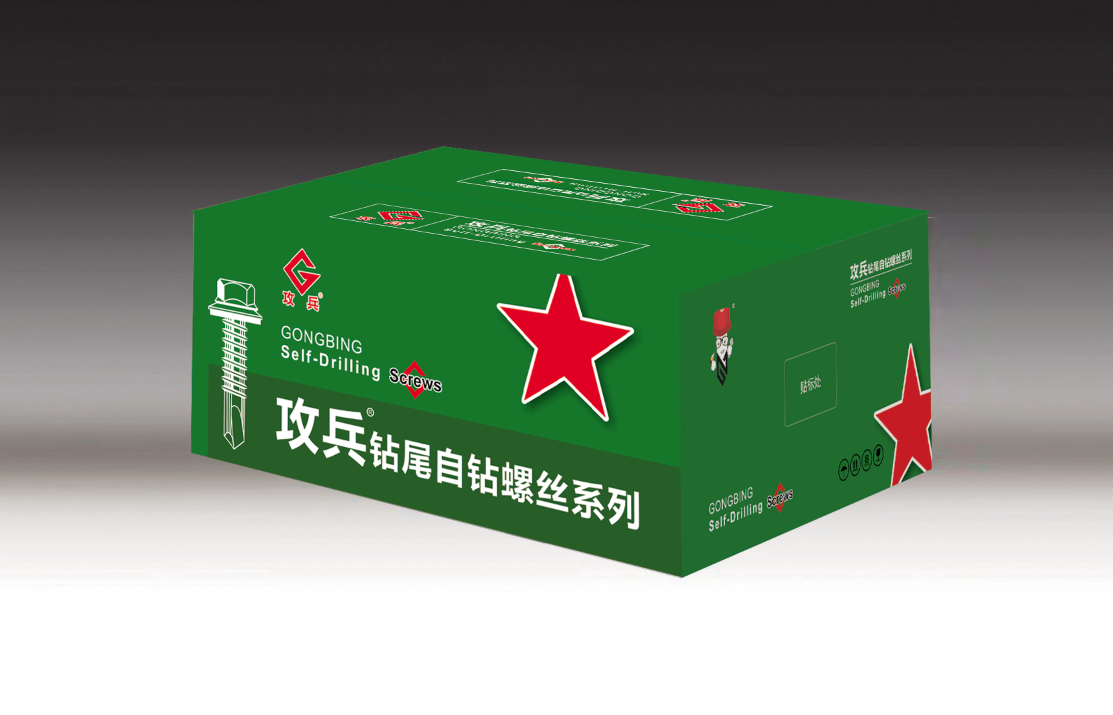screw chipboard
Understanding Screw and Chipboard A Comprehensive Overview
When it comes to woodworking and furniture assembly, the relationship between screws and chipboard is quintessential for achieving reliable and durable results. This article delves into the nature of screw usage in conjunction with chipboard, exploring the right types of screws, their applications, advantages, and tips for optimal assembly.
What is Chipboard?
Chipboard, also known as particle board, is an engineered wood product made from wood chips, sawmill shavings, or sawdust, which are bonded together with an adhesive under heat and pressure. This manufacturing process makes chipboard a cost-effective alternative to solid wood and plywood, suitable for various applications, including furniture, cabinetry, and flooring. The smooth surface of chipboard can be easily veneered, laminated, or painted, providing versatility in design.
Types of Screws Suitable for Chipboard
Selecting the appropriate screws for chipboard is crucial to ensure structural integrity and longevity. The most commonly used screws for chipboard include
1. Chipboard Screws Specifically designed for use with chipboard, these screws usually feature a coarse thread that allows them to grip the material tightly. They also typically have a wider head, which helps to prevent the screw from pulling through the board.
2. Self-tapping Screws These screws do not require pilot holes, making them convenient for quick assembly. They can create their own path in the chipboard, which is especially useful when working with thicker sheets.
3. Wood Screws While not specifically for chipboard, standard wood screws can be used if selected with care. They generally have a finer thread and a sharp point to penetrate wood easily; however, they may not provide the same grip as screws specifically designed for chipboard.
Considerations for Screw Selection
When choosing screws for chipboard, several factors come into play
- Screw Length The length of the screw should be adequate to ensure a firm hold without protruding through the opposite side of the chipboard. A good rule of thumb is to select a screw that is at least twice the thickness of the board.
- Thread Type Coarse threads are ideal for chipboard as they provide better holding power in the loose fibers of the material. Fine-thread screws may not grip as effectively.
- Material Screws can be made from various materials, including steel and stainless steel. For environments prone to moisture or corrosive elements, stainless steel screws are preferable due to their resistance to rust and corrosion.
screw chipboard

- Head Type The choice of head type (e.g., flat, round, or pan) can affect the fit and finish. Flat-headed screws are often used when the screw needs to be flush with the surface.
Advantages of Using Screws with Chipboard
The application of screws in chipboard construction offers several benefits
1. Ease of Assembly Using screws makes it easier to assemble furniture and fixtures, allowing for disassembly and reassembly without damaging the material.
2. Strength and Stability When properly inserted, screws provide a strong and stable joint, which is essential for the durability of furniture and cabinetry.
3. Flexibility Screws allow for adjustments and realignments during assembly, making it easier to make changes as needed without compromising the integrity of the chipboard.
Tips for Optimal Assembly
To achieve the best results when working with chipboard and screws, consider the following tips
- Drill Pilot Holes Especially for thicker chipboard, drilling pilot holes can prevent the board from splitting and can help the screw to enter more smoothly.
- Avoid Over-Tightening Over-tightening screws can strip the chipboard and weaken the joint. Always ensure a snug fit without excessive force.
- Use Washers If using screws with a smaller head, consider adding washers to distribute the load and reduce the risk of the screw pulling through the chipboard.
Conclusion
In conclusion, the combination of screws and chipboard plays a vital role in modern woodworking and furniture design. By understanding the properties of chipboard and the types of screws best suited for it, individuals can achieve sturdy and reliable connections that enhance the longevity of their projects. Whether you’re a professional carpenter or a DIY enthusiast, grasping the nuances of this relationship will undoubtedly elevate your craftsmanship and results.
-
Weatherproof Plastic Expansion Anchors for OutdoorNewsJun.06,2025
-
Sustainability in the Supply Chain: Eco-Friendly TEK Screws ProductionNewsJun.06,2025
-
Load-Bearing Capacity of External Insulation FixingsNewsJun.06,2025
-
Double Head Bolts: Enhancing Efficiency in Industrial MachineryNewsJun.06,2025
-
Corrosion Resistance in Chipboard Screws: Coatings for Wholesale DurabilityNewsJun.06,2025
-
Butterfly Toggle Bolts : Enhancing Structural ResilienceNewsJun.06,2025
